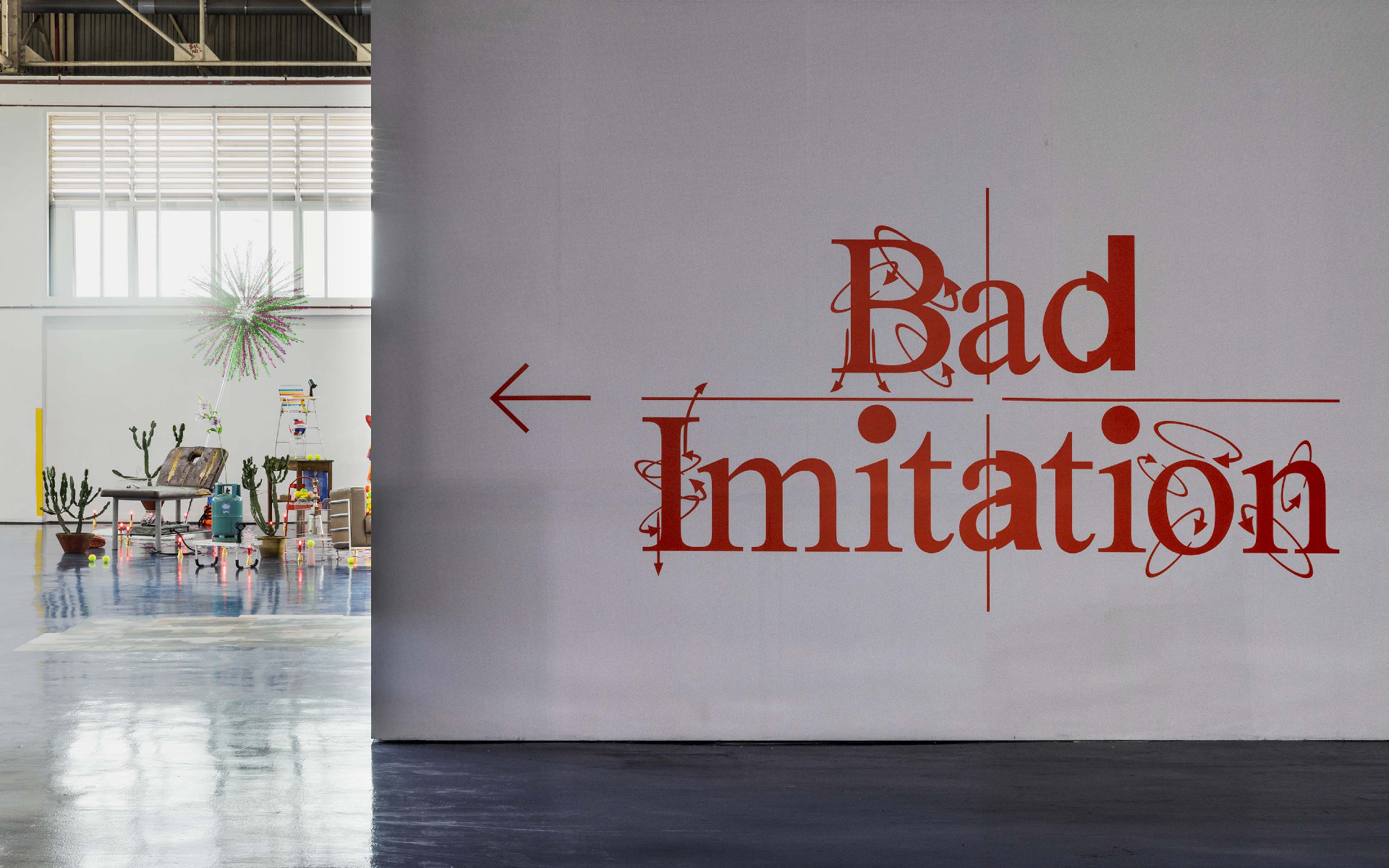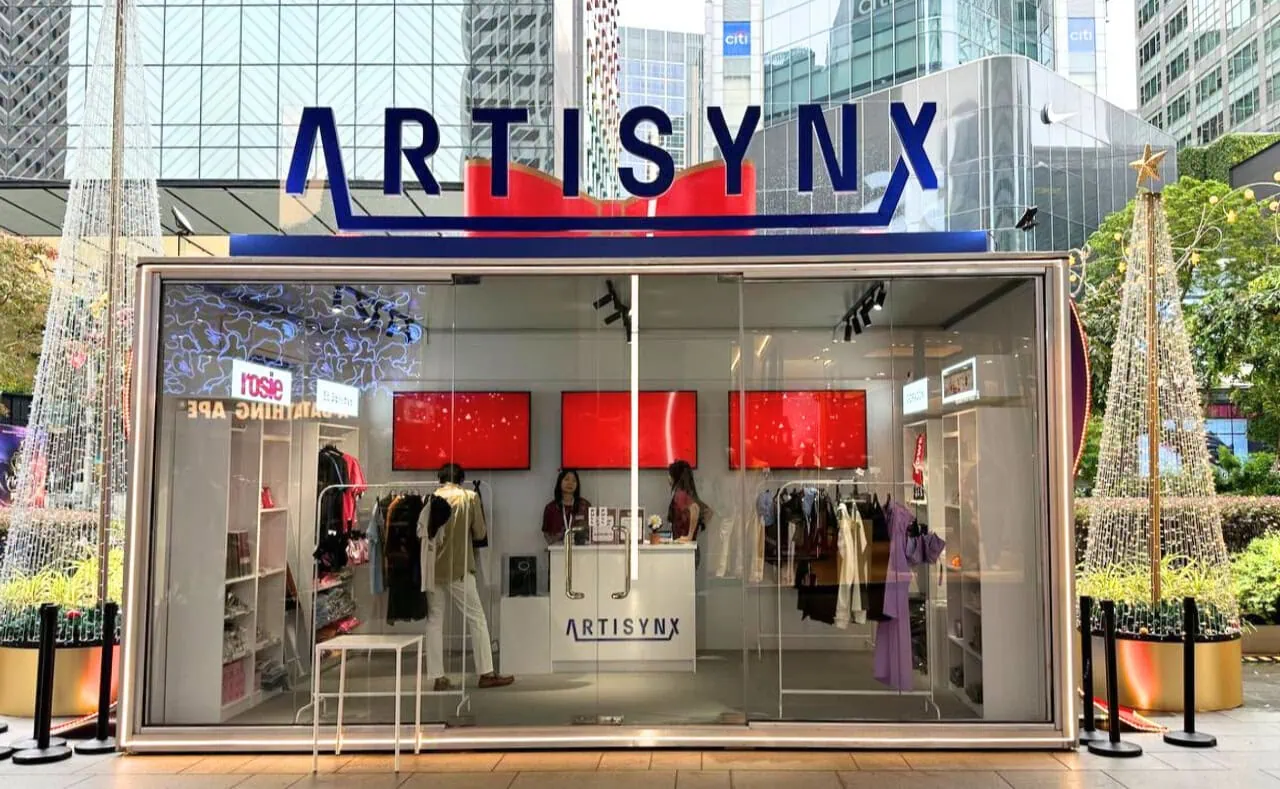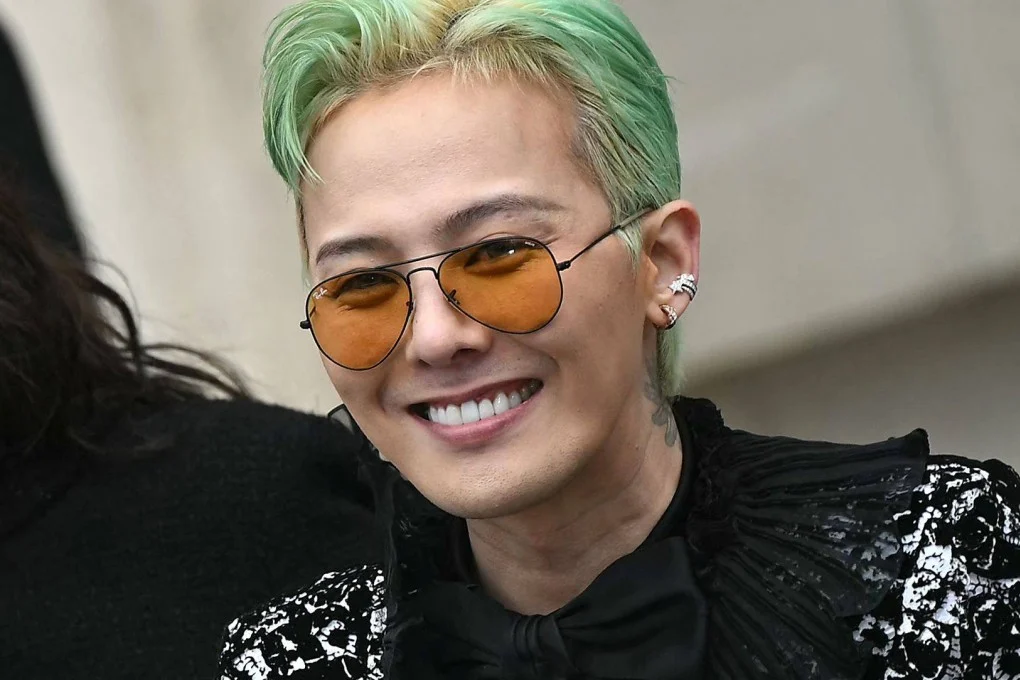Singapore art curators Berny Tan and Daniel Chong break down the work behind the ‘Bad Imitation’ exhibition.
Conventionally, an imitation seeks to replicate, to follow the form of another. A bad imitation, however, is intentionally clumsy, leaving an ever-widening, gaping distance between the copy and its original. It is this very self-awareness and this compelling distance that seems to form the backbone of the ‘Bad Imitation’ exhibition.
Traits, elements, or a quintessential essence of the original may be sought after by the copy, but in failing to be an exact replica, the copy opens a new dimension of perception – one in which it posits itself as a fresh work that simultaneously stands on its own yet, in being in and of itself still an imitation, cannot be seen apart from its original source. Existing within this particular liminality of being a decontextualised entity yet contextualised, these ‘bad imitations’ potentially offer more perception, interpretation, and socio-cultural awareness than what their originals may have initially posed.

An exhibition by Berny Tan and Daniel Chong for Singapore Art Week 2022, ‘Bad Imitation’, deliberately occupied the blurry threshold between copy and original. Moving beyond discourses of authenticity and faithfulness of art and the object/s being imitated, the curators and artists explored the potentialities of the generative space of difference in each act of (re)production.
Across the diverse artistic practices of Ashley Hi, Catherine Hu, Daniel Chong, Khairullah Rahim x Nghia Phung, Michael Lee, Moses Tan, and Pat Toh, ‘’Bad Imitation’’ presents “imitations”, artworks that are predominantly (re)productions of objects, gestures, or images, but that this time, are imprecise, flawed, and intentionally adjacent to the original. In this exhibition, the artists’ works attempt a particular kind of (re)production – one that kept the original sources alive, yet firmly in their shadow. ‘Bad Imitation’ investigates not the replicas, or copies of originals, but rather, the liminal space in between original and copy.
We talk to curators Berny Tan and Daniel Chong about the process behind the ‘Bad Imitation’ exhibition.
How did both of you go about choosing the seven artists selected for this exhibition? Did it come from a word, a theme, or did you already know them separately, and passed them a consistent brief for them to work on?
Berny: The idea for ‘Bad Imitation’ grew out of a body of work that Daniel had shown in a previous exhibition that I curated. Since ‘Bad Imitation’ was rooted in Daniel’s art practice, we began with artists with whom he felt a certain affinity, who were exploring concepts and methodologies that had some connection to his own. But it was also important for us to present varying approaches in this exhibition, and select artists that we felt offered unexpected interpretations of how a ‘bad imitation’ could be understood. It was this organic process of brainstorming and expansion – as well as the logistical aspect of who was actually able to commit to the project – that eventually led us to the final group of artists. Although ‘Bad Imitation’ comprised entirely new commissions, the artists were not asked to respond to the theme of ‘bad imitation’. Instead, we simply mentioned to them why we thought of them in relation to this overarching theme. They were given the freedom to pursue whichever idea they were interested in, and we offered our thoughts along the way.
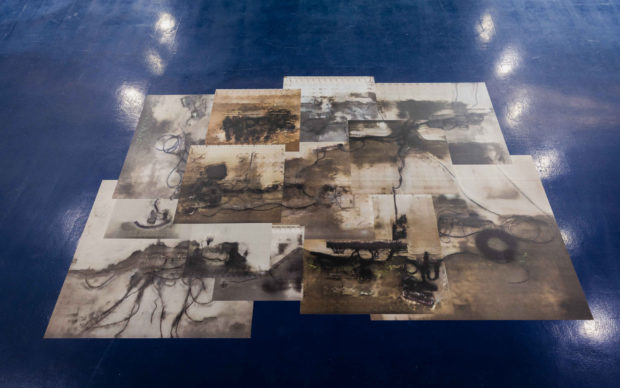
Daniel: When we did start considering artists, we weren’t so much examining their specific artworks, but looking at their practices and sensibilities as a whole. We chose artists who kept returning to an imitative practice, not because they were interested in it as a technique, but specifically because the imitation evoked some kind of emotional quality. To balance out the exhibition, we also tried to bring different artists from various disciplines. Each of the artists in the show come from different specialisations and interests, offering their own takes on the idea of the ‘bad imitation’.
Did the audience respond to ‘Bad Imitation’ the way that you two had intended them to? If yes, why, and if no, how did you expect them to respond to the work?
Daniel: Curiosity begets curiosity. The exhibition as a whole was more of a question than a statement, and this allowed room for audiences to respond with a lot of intrigue. While I personally did not have any intended response, it was heartwarming to see a wide range of demographics so curious and open to more conceptual ideas in the exhibition. While it is still too early to gauge, I actually hope that the exhibition would impact audiences outside of the show. Part of curating ‘Bad Imitation’ was the realisation that the artists’ work all tend to latch onto everyday objects, forcing us to recall them when looking at their works. Similarly, what I think a ‘bad imitation’ does well is to infiltrate these everyday objects. Then, when you see the everyday object outside of the exhibition, you would think of the artworks and how the artist slipped their voices into these everyday objects.
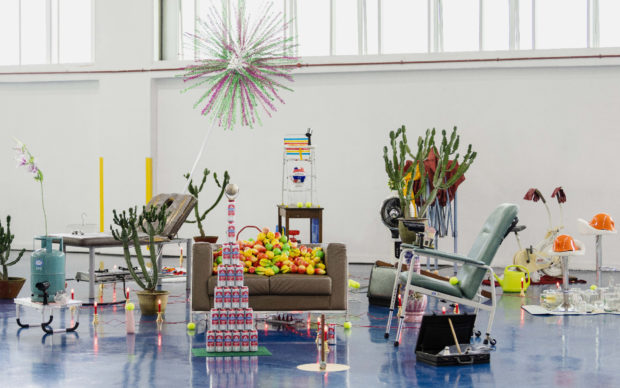
Berny: Personally I am always more invested in how artists – both the ones in the exhibition and the ones who are visitors to the exhibition – respond to the shows that I curate. In the process of curating, at least for me, there’s a kind of engagement with the materials and ideas of the artworks that remains in this wordless space. It’s something you would only understand if you are an artist yourself. I don’t mean that in a sense that it’s inaccessible or elitist, but in the way that say, someone who’s a devoted fan of a sport would understand the tactics and politics and emotions associated with that sport in much more depth. So what I always hope to see is the enthusiasm and excitement of artists in response to the exhibition, and thankfully we did experience that with ‘Bad Imitation’.
What were some works each of you referenced in putting together ‘Bad Imitation’?
Daniel: There wasn’t really a specific work I referenced when considering ‘Bad Imitation’. In trying to figure out how the works could come together in the space, I think I took more inspiration from the way our bodies move, considering how each work needed its own personal area to breathe and to allow audiences to dwell in them.
Berny: In my curating, I never look at artworks outside of the works that I’m interested in for that particular project. I don’t think the answers or inspiration for an exhibition should come from anywhere except the work itself, or the artist who made that work, or the relationships between that work and other works in the show, or how those works might function in the very particular conditions of the exhibition space. Everything else risks becoming a distraction.

A previous series of works by Daniel, ‘Absurd Intimacies’, was shown last year in the exhibition ‘Maybe we read too much into things’, also curated by Berny. One of these works consisted of hundreds of biscuits made out of hand-painted air dry clay, with a single ‘bite’ in each one. The other three were variations on milk spills created using resin, which had seemingly ‘pooled’ on carpets and various items of clothing. In these spills ‘floated’ pop-coloured cereal, also made out of air dry clay. We ask Daniel about ‘Unintended vessels’ from the ‘Bad Imitation’ exhibition that continues the theme of working with everyday items.
How did you begin to consider the placement for the plastic vitrines for ‘Unintended vessels’, in particular, the way they were sliced into half and mounted on to the wall?
Daniel: I wanted to use these plastic storage boxes as metaphors for the vessels in which we store and keep memories. When you buy a storage box, it isn’t really for the box itself, but as a secondary object to keep or hide other objects. These stored things also occupy a strange space, sitting between function and sentimentality – there isn’t an immediate use for them, but you don’t want to throw them away.There is something quite poetic in this, that feels exactly like how we treat memories – holding on, yet hiding them away. So when it came to working with the boxes, I learnt very quickly that it is a difficult material. It has such a specific connotation, yet it doesn’t have decades of historical references and symbolism that can be exploited.
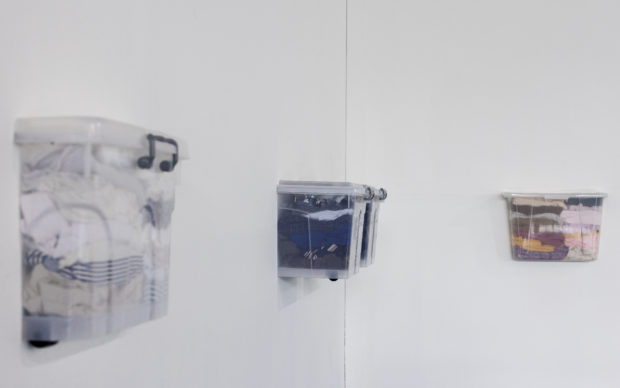
Unlike a rose, for example, the box isn’t loaded with the same immediate suggestion and meaning that might come with the object. In fact it was the opposite, having too specific of a function and far too narrow of a space. In working with these boxes, I needed to both respect the identity of the object without doing too little and making it too mundane. As an intervention, slicing the boxes felt just subtle enough. It made the boxes strange enough to stand out, yet quiet enough to speak for themselves. It also made for an interesting visual suggestion that they were both receding or protruding out from the walls at the same time. This effect felt very much like how we store these latent memories in the background of our lives.
As an independent curator, Berny Tan’s practice involves close collaboration with artists, accompanied by approachable writing that illuminates the processes and materialities of art-making. We ask Berny to share with us some attributes of a “good” curator.
What are some best practices you have picked up all these years and what are some bad habits that you are trying to unlearn through the process?
Berny: I don’t know if there are necessarily universal standards of what makes a good curator. I think curatorial approaches can be as diverse as artistic ones, depending on what each particular curator values in their own practice, what kind of relationships they are building with artists and/or artworks, and what type of circumstances and spaces they are operating within. Another independent curator might be more interested in theoretical or political frameworks in their projects; our practices would in turn be entirely different from that of a curator working in a museum, who might hold a PhD in art history, and who has to work according to the institution’s schedules, departments, and stakeholders. I might have certain freedoms that they don’t have, but they also have access to a lot of resources that I don’t have, and these factors do affect curatorial methodologies. I will say that there are certain principles and instincts that I have developed in my work over the years.
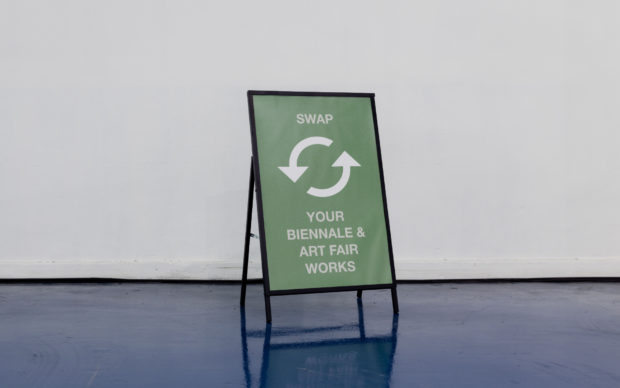
I consider myself an artist first and foremost, and my work as a curator builds on that premise. I believe that my intimate understanding of the nature of being an artist is the foundation for a curatorial practice built on empathy, sensitivity, and collaboration. As a curator, I am the artist’s ally: I exist to bring out the best parts of their practices, and to surface unexpected and productive relationships between practices, rather than simply using artworks and artists in service of an overarching thesis. With this at the core of my practice, it also guides how I work with the physical exhibition site – I try to make decisions that are always to the artist’s benefit, that creates a dialogue between their work and the space around it.
Besides that, I don’t really think of my practice in terms of good and bad habits. Rather than thinking of things that I have to ‘unlearn’, I approach it more as a perpetual process of learning, refining, and building upon what came before. With each project, I gain more clarity about what I value as a curator, and how to lean more effectively into the things that come naturally to me.
‘Bad Imitation’ was curated by Berny Tan and Daniel Chong. Featured artists: Ashley Hi, Catherine Hu, Daniel Chong, Khairullah Rahim x Nghia Phung, Michael Lee, Moses Tan, and Pat Toh. ‘Bad Imitation’ was shown at the Tanjong Pagar Distripark, during Singapore Art Week (14 – 23 January 2022).
Discover more interesting art and artists in our Arts section.


